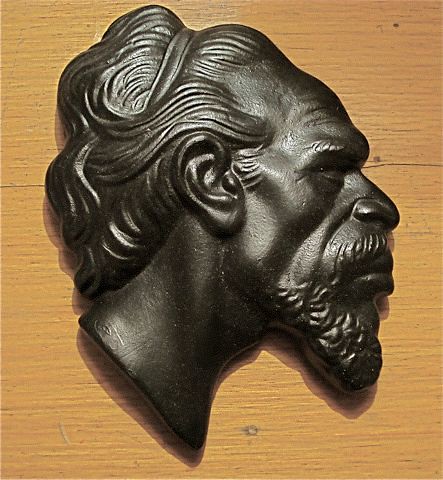Stone carving is an artwork that has been round since civilization the place folks create sculptures, buildings and buildings utilizing stone. The sheer physical labour of making a large sculpture can be appreciable, and sculptors from Phidias within the fifth century bce to Henry Moore within the twentieth century, for example, have employed pupils and assistants to assist with it. Usually the sculptor delegates the time-consuming first stages of the work or a few of its less necessary elements to his assistants and executes the final phases or an important parts himself.
Because medieval carvers worked mostly in softer stones and made nice use of flat chisels, their work tends to have an edgy, reduce quality and to be freely and deeply carved. Unveiled that day on the Palace Museum in Beijing was an astonishing wood sculpture by Chinese language artist Zheng Chunhui. The event of iron made potential stone carving instruments, comparable to chisels, drills and saws created from steel , that have been able to being hardened and tempered to a state laborious enough to cut stone without deforming, whereas not being so brittle as to shatter.


For the first blocking out of a wood carving a sculptor might use saws and axes, but his principal tools are a wide range of wood-carver’s gouges. The transformation of pure types to a point the place they’re now not recognizable can be common in many types of primitive and ornamental art. The actual bodily technique of working materials is for a lot of sculptors an integral a part of the art of sculpture, and their response to the working qualities of the material—resembling its plasticity, hardness, and texture—is evident in the finished work.
By taking a quick have a look at a few of the main art galleries and public sale homes on the planet, we will notice that wooden carved artworks are as current and widespread as ever. Treasured and semi-valuable gem stones are also carved into delicate shapes for jewelry or bigger objects, and polished; that is typically referred to as lapidary , although strictly talking lapidary refers to slicing and sharpening alone.
Other subjects—for example, panorama, crops, nonetheless life, and architecture—have served primarily as accessories to determine sculpture, not as subjects in their own right, except as decorative components within structure or as precious carved witticisms akin to these of the British wooden-carver Grinling Gibbons The overwhelming predominance of the human figure is due: first, to its immense emotional significance as an object of need, love, worry, respect, and, within the case of anthropomorphic gods, worship; and, second, to its inexhaustible subtlety and number of kind and expression.
